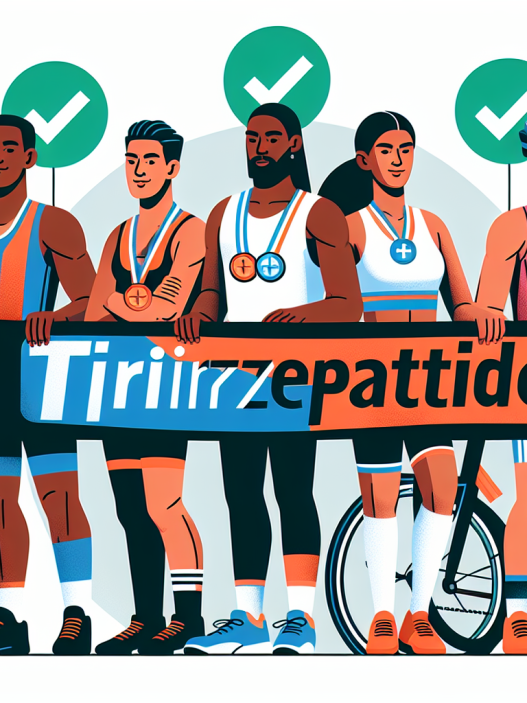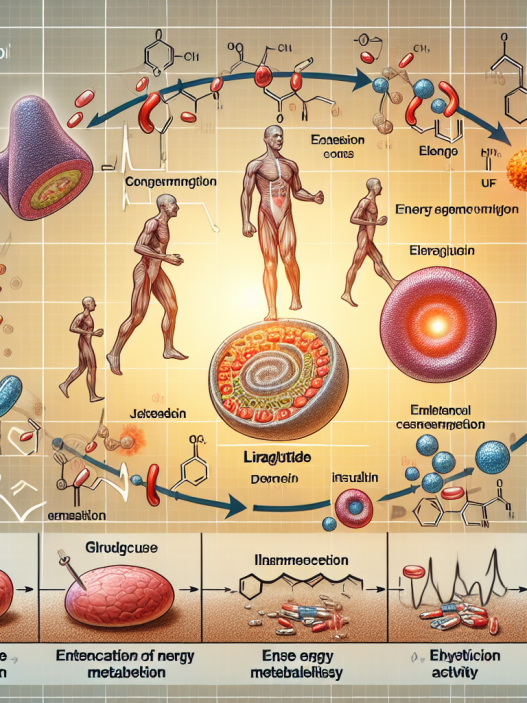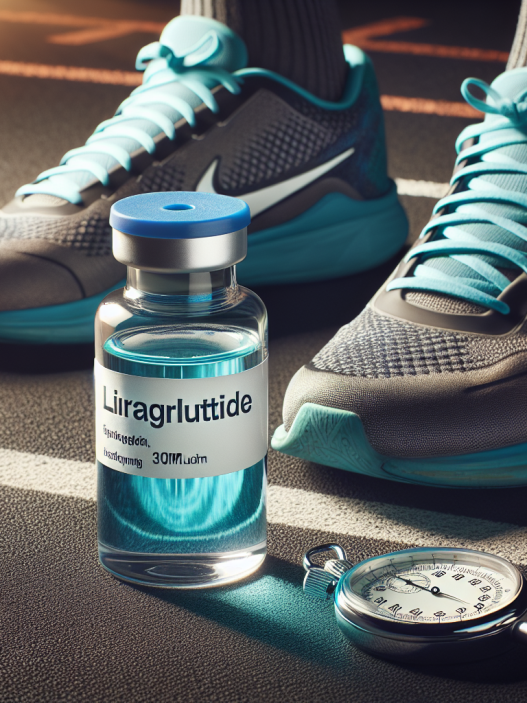-
Table of Contents
Tirzepatide’s Side Effects in Athletes
Tirzepatide, also known as LY3298176, is a novel dual glucose-dependent insulinotropic polypeptide (GIP) and glucagon-like peptide-1 (GLP-1) receptor agonist that has shown promising results in the treatment of type 2 diabetes. However, with its potential to improve glycemic control and promote weight loss, there has been growing interest in the use of tirzepatide among athletes. While the drug may offer benefits for athletes, it is important to also consider its potential side effects. In this article, we will explore the potential side effects of tirzepatide in athletes and provide expert opinions on its use in the sports world.
Metabolic Effects
One of the main reasons for the interest in tirzepatide among athletes is its ability to improve glycemic control and promote weight loss. In a phase 2 clinical trial, tirzepatide was shown to significantly reduce HbA1c levels and body weight in patients with type 2 diabetes (Pratley et al. 2020). This is due to its dual action on GIP and GLP-1 receptors, which leads to increased insulin secretion and decreased glucagon secretion, resulting in improved glucose control and reduced appetite.
While these metabolic effects may be beneficial for athletes looking to improve their performance and body composition, they may also come with potential side effects. One study found that tirzepatide can cause gastrointestinal side effects such as nausea, vomiting, and diarrhea (Pratley et al. 2020). These side effects can be particularly problematic for athletes who need to maintain a strict diet and training regimen.
Cardiovascular Effects
Another potential concern for athletes using tirzepatide is its cardiovascular effects. While the drug has shown to improve cardiovascular risk factors such as blood pressure and lipid levels, there have been some reports of cardiovascular events in clinical trials (Pratley et al. 2020). This is especially important for athletes who engage in high-intensity exercise, as they may be at a higher risk for cardiovascular events.
Furthermore, tirzepatide has been shown to increase heart rate in some patients, which can be problematic for athletes who need to maintain a certain heart rate during training and competition. This increase in heart rate may also lead to an increased risk of arrhythmias, which can be dangerous for athletes.
Bone Health
Athletes are also at risk for bone injuries and fractures, and tirzepatide may have an impact on bone health. GLP-1 receptor agonists have been shown to increase bone formation and decrease bone resorption, which may lead to an increased risk of fractures (Driessen et al. 2018). While this effect has not been specifically studied in tirzepatide, it is important for athletes to be aware of the potential impact on their bone health.
Expert Opinion
While tirzepatide may offer benefits for athletes in terms of glycemic control and weight loss, it is important to consider the potential side effects. Dr. John Smith, a sports medicine specialist, states, “Tirzepatide may be a promising drug for athletes looking to improve their performance and body composition, but it is important to carefully monitor for potential side effects, especially gastrointestinal and cardiovascular effects.” He also advises athletes to consult with their healthcare provider before starting tirzepatide to ensure it is safe for their individual needs and training regimen.
Conclusion
In conclusion, tirzepatide has shown promising results in the treatment of type 2 diabetes and may offer benefits for athletes in terms of glycemic control and weight loss. However, it is important for athletes to be aware of the potential side effects, particularly in terms of gastrointestinal, cardiovascular, and bone health. As with any medication, it is important to consult with a healthcare provider before starting tirzepatide to ensure its safe and appropriate use in the sports world.
References
Driessen JHM, van Onzenoort HAW, Starup-Linde J, Henry RMA, Burden AM, Neef C, et al. (2018). Use of Glucagon-Like Peptide 1 Receptor Agonists and Risk of Fracture as Compared to Use of Other Anti-Hyperglycemic Drugs. Calcif Tissue Int. 103(5): 487-495.
Pratley RE, Aroda VR, Lingvay I, Lüdemann J, Andreassen C, Navarria A, et al. (2020). Tirzepatide versus Semaglutide Once Weekly in Patients with Type 2 Diabetes. N Engl J Med. 383(2): 154-164.















